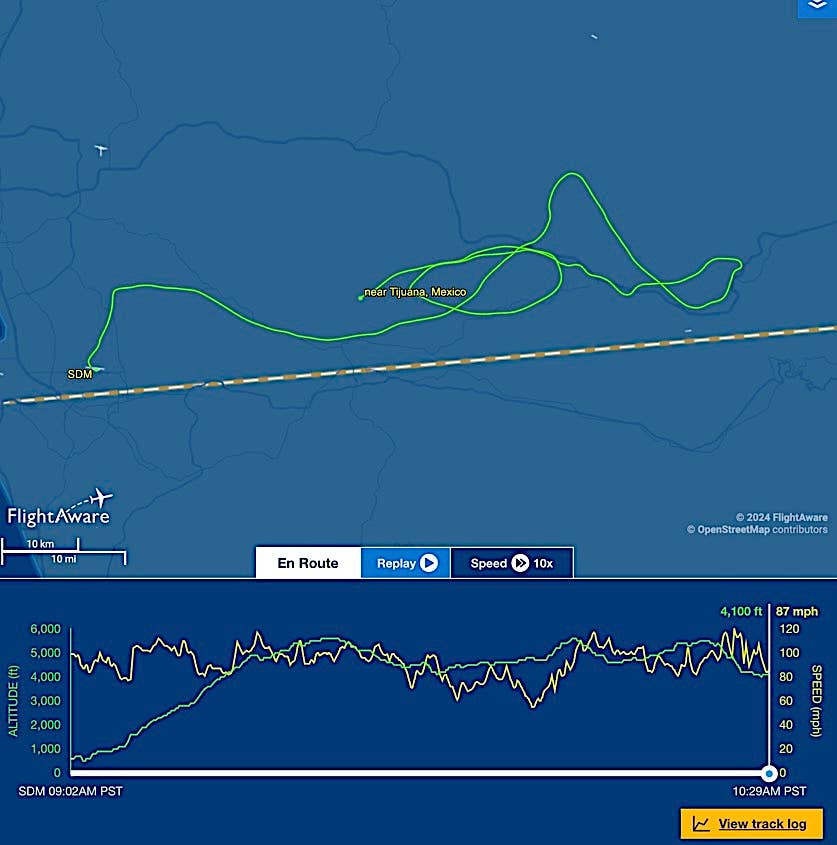Research Study: Aircraft Certification Rules Don’t Necessarily Improve Safety
While its generally assumed that aircraft certification rules increase safety and reduce accidents, a recently completed research project by an Embry Riddle Aeronautical University professor reveals that for some types of accidents, thats not the case. In fact, the research data suggests that for some segments of general aviation, burdensome certification rules actually decrease safety by making it more difficult for owners and operators to install relatively inexpensive equipment that might reduce the frequency of accidents.
While its generally assumed that aircraft certification rules increase safety and reduce accidents, a recently completed research project by an Embry Riddle Aeronautical University professor reveals that for some types of accidents, thats not the case. In fact, the research data suggests that for some segments of general aviation, burdensome certification rules actually decrease safety by making it more difficult for owners and operators to install relatively inexpensive equipment that might reduce the frequency of accidents.
The study was recently submitted as a doctoral dissertation at ERAU by Assistant Professor Carolina Lentz Anderson and was based on research into more than 3000 aircraft accidents between 2004 and the end of 2011. Anderson sought to determine if there were measurable differences in accident frequency and rates between CAR3/Part 23 aircraft, experimental aircraft and the more recently approved industry consensus standards used in the light sport aircraft category. Anderson notes in her research that certification costs have escalated sharply in recent years and neither the overall accident rate nor the fatal rate has budged in more than a decade, despite industry efforts to reduce accidents.
For her research, Anderson studied four types of accidents among certified, experimental and light sport aircraft: loss of control, controlled flight into terrain, engine failure and structural failures. In addition to statistical analysis, she used a word mining method to isolate patterns in accident reports that otherwise wouldnt be detectable purely through statistical analysis.
Some conclusions: Certification rules had no statistical effect on CFIT accidents, but the number of these accidents have decreased by 60 percent between 2001 and 2010, which Anderson attributes to the wider use of portable equipment such as GPS equipped with terrain warnings.
On the other hand, certification rules do have a statistically significant effect on the frequency of loss of control accidents, but not on the rate. (Frequency is the raw number of accidents, rate is number of accidents expressed as function of flight-hour risk exposure.) Loss of control accounted for about half of all the accidents studied and Andersons research indicated that older aircraft certified under CAR3 had a much higher frequency of loss-of-control accident than did either Part 23, experimental amateur-built or LSAs. CAR3 loss-of-control accidents were heavily clustered around bad weather events, leading Anderson to surmise that less cumbersome certification rules would allow such older aircraft to be upgraded with affordable safety equipment.
Andersons study found that in the engine-failure category, CAR3 airplanes again had the highest frequency of accidents, followed by experimental amateur-built. Many of the experimental engine failures occurred early in the aircrafts operational life, suggesting that engine and fuel system installation errors and the fact that the FAA signs EABs off with just an inspection, but no operational check, may be factors. The research revealed no statistical differences between the certification categories in frequency of structural breakups, but again, CAR3 and EAB aircraft had slightly higher frequencies than Part 23 or light sport aircraft.
Anderson told AVweb that her research adds statistical validity to what many in the industry already understand: over-regulation actually reduces safety. In her research report, she cites a certification process study by the FAA and the General Aviation Joint Steering Committee noting that less cumbersome procedures might reduce loss of control accidents by encouraging easier and cheaper installation of autopilots, angle of attack indicators and cockpit weather systems.
Its become so stringent. If you read the new act, the 2013 Aircraft Revitalization Act, thats pretty much the whole purpose of it … people cannot modify their airplanes. Right now, my husband and I have a 1980 Cessna 180. If we want to put an autopilot in it, it will cost us something like $27,000. But you could buy an experimental Garmin autopilot for $1800, Anderson told AVweb. She believes that equipping such older aircraft with affordable autopilots might have a measurable effect on loss of control accidents. Andersons study will be available through ERAU in a few weeks.





